While the attic is located at a home’s highest level, it typically serves as ground zero when it comes to ventilation issues involving the roof. Moisture and heat are two persistent challenges in an unconditioned attic space. Too much humidity or heat may lead to problems that range from decreased comfort and higher utility bills to leaks within the home.
Educating homeowners about the importance of ventilation and explaining how balanced airflow in the attic supports their roofing investment can differentiate a contractor’s business and help protect the homeowner’s roofing investment. Inspection of a home’s attic can help detect ventilation issues that may lower comfort, raise energy bills, or even reduce the longevity of the roof.
Communicating With Homeowners
Helping customers appreciate why ventilation is important emphasizes the importance of proper airflow. Inadequate ventilation rarely causes an urgent issue right away, but it can linger and eventually lead to hassles and expense. Similar to leaky plumbing, poor attic ventilation will slowly erode a home’s comfort and reduce the roof’s performance through various issues described below.
In warm months and especially in Southern regions, excessive daytime heat in the attic can cause roof shingles to “bake” from underneath. As temperatures cool at night, contraction can lead to bumps underneath the shingle or curled edges. The physics of air movement — from warm toward cold — can also curb comfort inside the house and reduce energy efficiency. As heat in the attic builds, the warmer air will naturally move toward cooler parts of the house. In turn, cooling equipment may have to work harder, and energy costs may increase.
The problems poor ventilation poses are not limited to summer. During the winter, insufficient ventilation can support a thaw-and-freeze cycle as snow on the roof above a warm attic melts and refreezes along the roof eave. Icicles hanging from a roof are often a good indication that ice damming is occurring, potentially resulting in water intrusion.
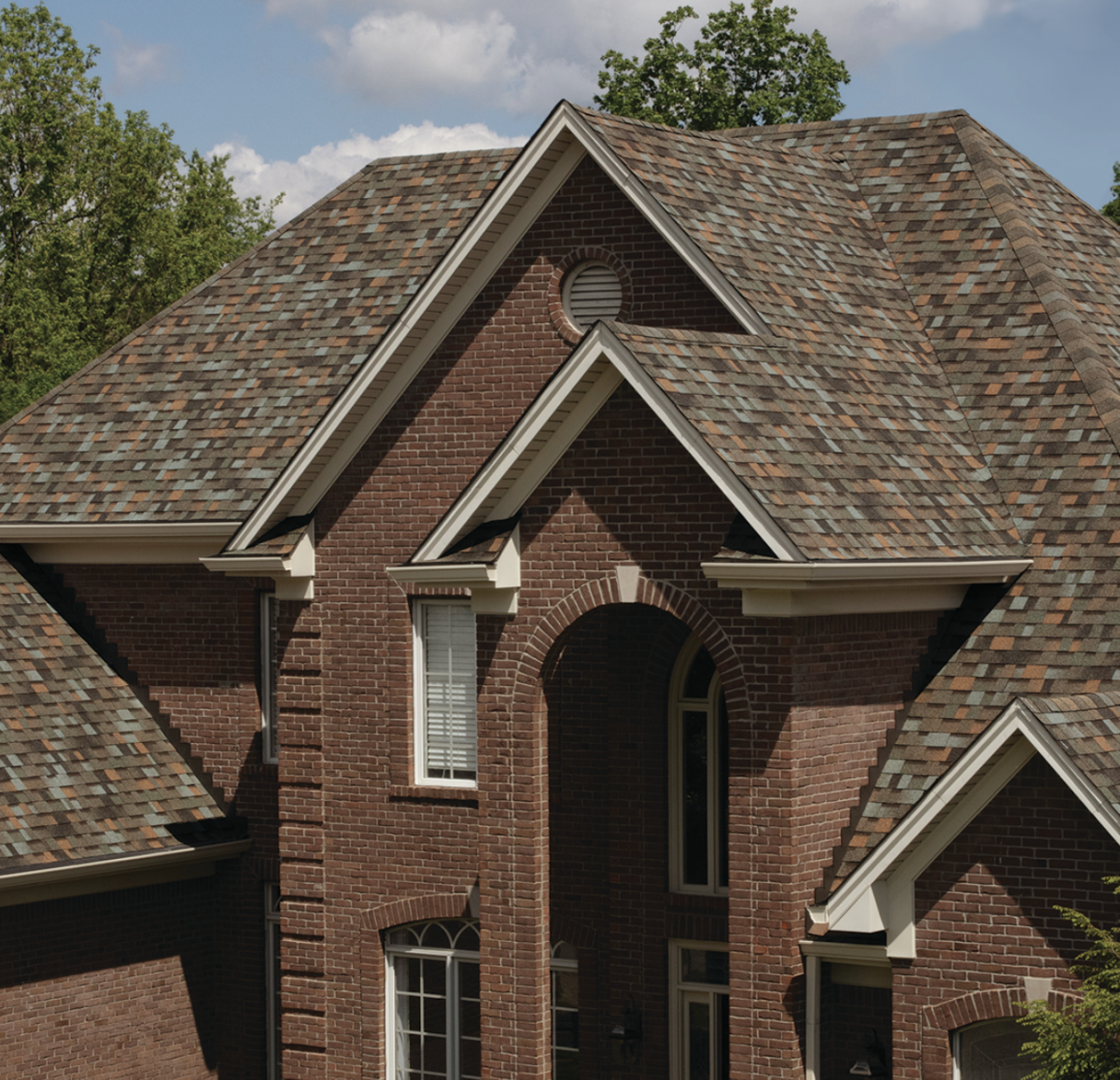
Activities inside the home such as cooking, showering, and watering plants can add moisture into the indoor air. When installing fans in areas such as bathrooms, homeowners should ensure that the fan hoses are exiting outdoors and not into the attic, where they can present another moisture issue. Occasionally, homeowners’ good intentions can lead to problems. For example, adding insulation in the attic may inadvertently block existing intake ventilation and prevent future airflow.
Insulation is typically regarded for its thermal performance and the role it plays in keeping living areas comfortable. But it also has a role to play in the unconditioned attic space, where it aims to maintain a temperature closely aligned with the temperature and humidity outdoors. Achieving a balance between the external environment and attic space will help avoid problems like shingles getting too hot from sweltering attics or excess moisture leading to condensation.
Considering Home Design and Climate
In newer homes, ventilation is generally adequate. However, attic airflow can often be improved in older homes where codes regarding attic ventilation may not have existed when the homes were built.
Building codes vary by locality, but a general principle is that one square foot of net free vent area is needed for every 150 square feet of attic space. The more roof pitches and intersections on a home’s design and the more unique the roof shape, the more difficult it becomes to make sure air is moving throughout the attic. Simple, gable-style roofs are typically the easiest to ventilate, but less common among today’s home design trends.
The goal when ventilating the attic is to achieve a 50/50 balance between air intake and exhaust. In most instances with passive ventilation, vents should be set up in such a way that outside air flows in through the intake vents under the eaves and then exits out through the peak of the roof. The location of a house, its orientation, and the direction the wind is blowing from can all influence ventilation and should be considered when installing intake and exhaust vents. If a balanced ventilation system is not achieved, air pressure can cause the outside air to enter through the exhaust ventilation and exit out the intake ventilation – short-circuiting how the system is supposed to work. If a ventilation system is set up with 40-50% exhaust ventilation, the pressure should be such that even in high wind conditions, air will continue to flow in through the intake and go out the exhaust.
Warning Signs
Inside the attic, mold, rotting wood or rust on fasteners are all signs that the humidity in the attic does not match the outdoor conditions. Curled or warped shingles visible from the street are other signs of problems with heat and moisture in the attic. Anytime the attic temperature and humidity are significantly different from the outside conditions, the ventilation should be checked.
When inspecting the attic, make sure that intake ventilation under eaves allows air to pass upward and be sure exhaust ventilation is clearly visible, indicating a path for air to pass through. Online tools including apps and roof calculators can make it easy to perform a quick calculation that considers the requirements of different products. As various products have different net-free vent areas — the measure of how much air can pass through unobstructed — it’s important to choose the right vents for the job.
Sharing ventilation examples from the field can help build credibility with homeowners. For example, a contractor could explain how resolving a ventilation problem helped lower energy bills in a home with a similar issue. When considering a game plan for getting the ventilation right, the end goal is all about two priorities: keeping moisture and heat out of the attic.
About the author: Eric Haywood is Product Manager of Components at Owens Corning Roofing. For more information, visit owenscorning.com.

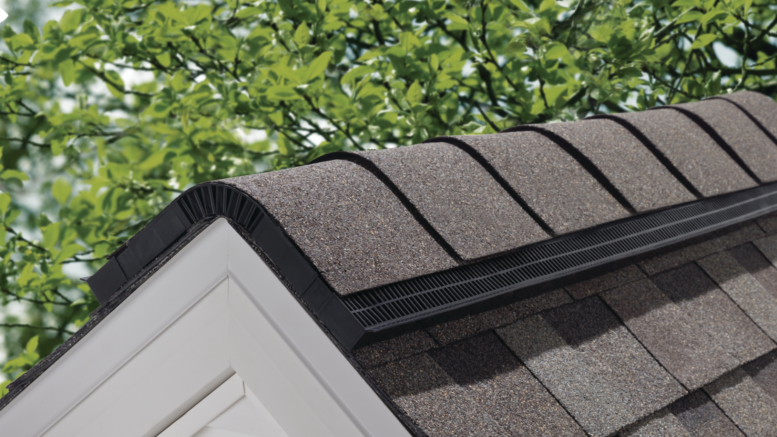
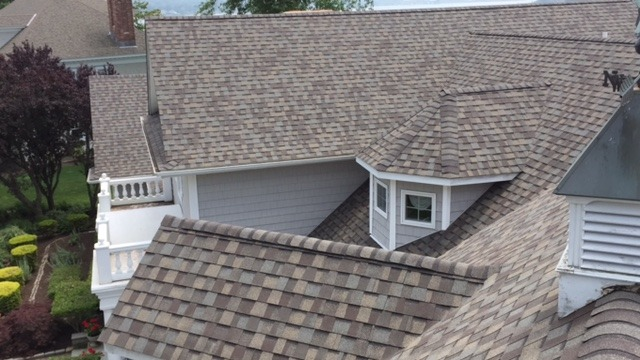

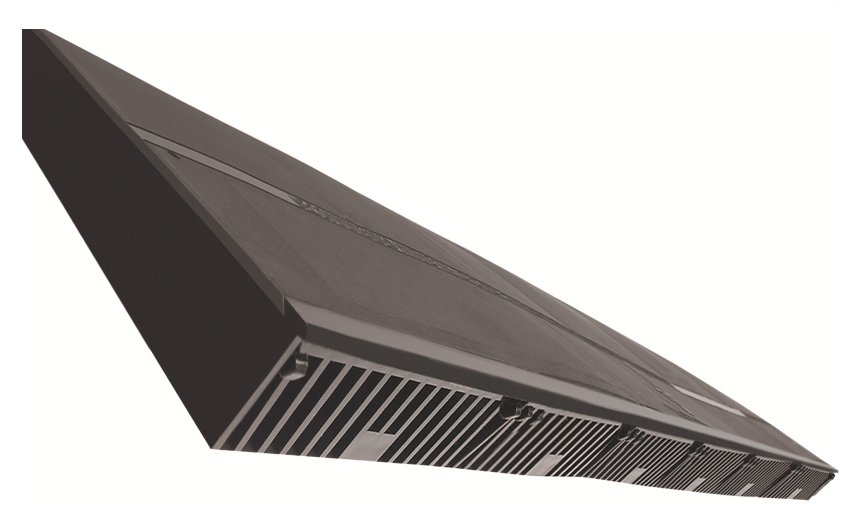
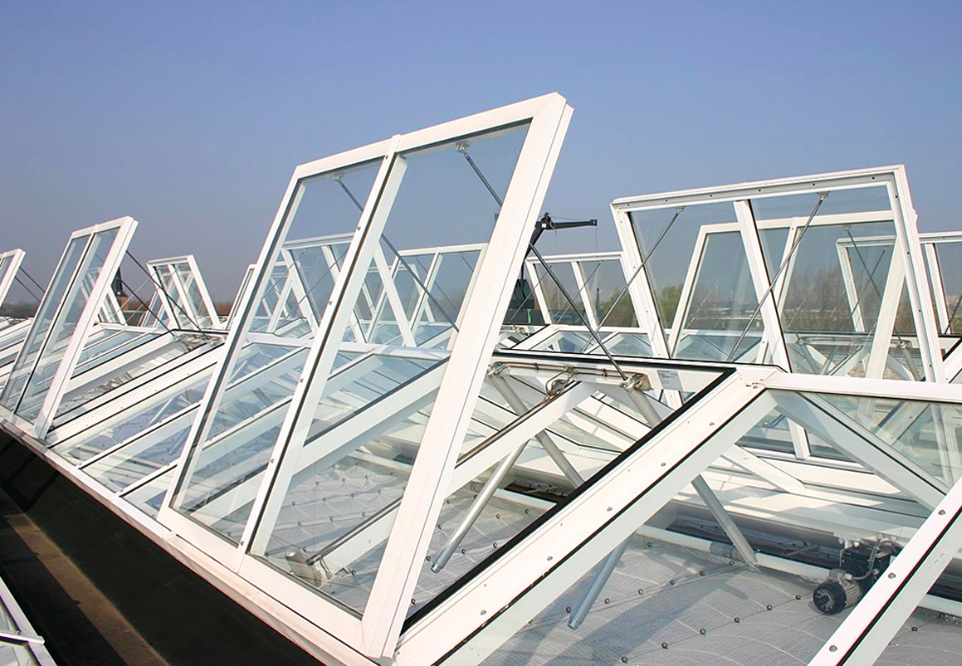
Be the first to comment on "Why the “Ventilation Talk” Matters"